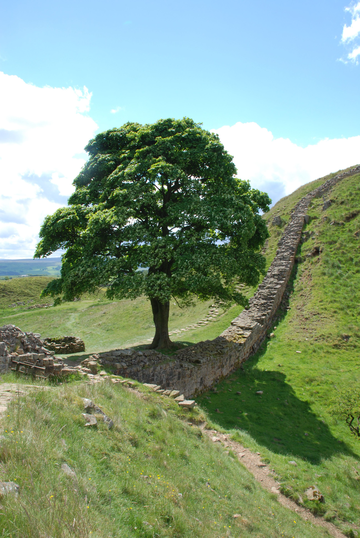Tales of the Frontier: political representations and practices inspired by Hadrian's Wall
Richard Hingley, Claire Nesbitt, Rob Witcher, 2011. https://doi.org/10.5284/1000406. How to cite using this DOI
Data copyright © Prof Richard Hingley, Dr Claire Nesbitt, Dr Rob Witcher unless otherwise stated
This work is licensed under the ADS Terms of Use and Access.
Primary contact
Dr
Rob
Witcher
Department of Archaeology
Durham University
South Road
Durham
DH1 3LE
England
Tel: 0191 3341148
Resource identifiers
- ADS Collection: 975
- DOI:https://doi.org/10.5284/1000406
- How to cite using this DOI
Introduction

Hadrian´s Wall is the one of Britain´s most evocative and powerful ancient monuments and the most well-known frontier system of the Roman Empire. Its international significance has been secured by a long tradition of scholarly study and its designation as a World Heritage Site. Since the late C16, the Wall has provided a focus of intensive study for antiquarians and archaeologists, with surveys and excavations providing respected and authoritative knowledge of its structure and chronology. However, understanding the sequence of its construction and use is only one chapter in this monument´s biography.
The Tales of the Frontier research project explored of the significance of the Wall and its landscape as both monument and icon from the time of Bede (C8) to today. What role has it played in ideas about the origins of 'civilization' and the identities of self (English, British) and others (Scots, colonial subjects, etc)? How has its monumentality shaped the work of scholars and the experiences of locals and visitors? Why, and how, do people come to visit the Wall and what do they do when get there? In fact, where and what exactly is Hadrian´s Wall?
Further information can be found on the project website.






